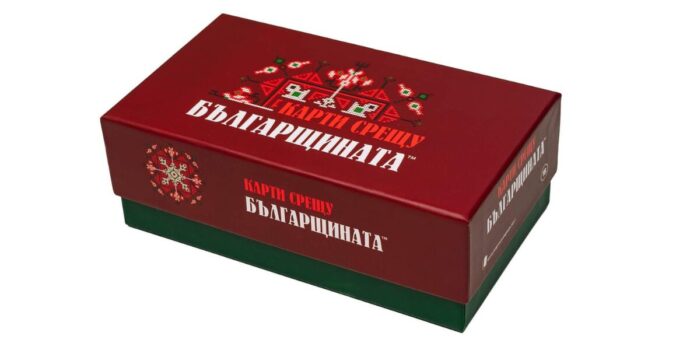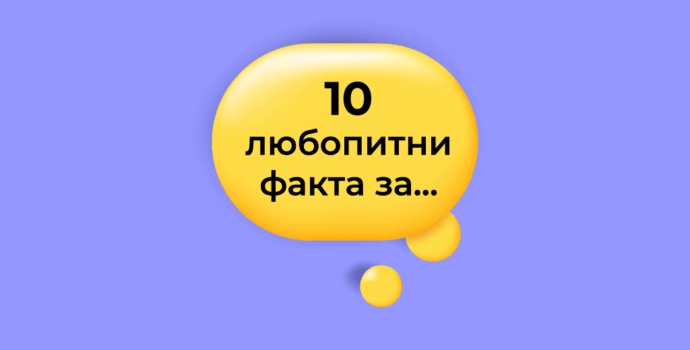What is a trademark?
A trademark is a sign that distinguishes the goods or services of one business from those of its competitors. Such a sign can be words, letters, numbers, drawings, shapes, colors, sounds, or any combination of them.
Why register your trademark?
A trademark distinguishes the goods or services offered by your company from those of your competitors. The purpose of registration is to protect you from unscrupulous individuals who may use the trademark in a way that damages your company's image and, last but not least, it provides multiple mechanisms for protection (civil, administrative and criminal).
Registration restricts other persons from using the trademark, i.e. no one can use it in any way without your consent, incl. to advertise their own goods and services. The registered trademark is an intangible asset of the company, which is accounted for. The trademark can also be the subject of commercial transactions - to be rented, licensed, transferred, pledged, etc.
A trademark can be registered as a word (e.g. Apple) or as a combination of text and a graphic image (e.g. Ferrari).
What requirements must a sign meet in order to be registered as a trademark:
- clearly and accurately present the object of protection;
- to have a distinctive character;
- not contain elements that may mislead the consumer;
- not to literally describe the characteristics of the goods/services for which it is intended;
- not already applied for or the sign is not popular in oral and written communication on the territory of the country;
- not be contrary to public order or good morals.
What types of trademarks can be registered?
We can divide the types of brands according to several criteria:
- Territorial scope
According to this criterion, brands are divided into national, European or international.
A trademark is protected only for the territory of the country or countries for which registration is requested. This is determined by the intellectual property office where you have applied for registration.
National registration – it is valid on the territory of the Republic of Bulgaria.
European registration – it is valid on the territory of every member state of the European Union and only one registration is required.
International registration – is carried out at the World Intellectual Property Organization. To make such a registration, you must first have the so-called "base" national registration, then apply for the extension of its territorial protection to one or more countries.
- How to submit and register:
Word marks – they consist of one or more words or letters (names, words, slogans, abbreviations, etc.);
Figurative - various types of images (logos, photos, emblems, etc.);
Combined – include verbal and figurative elements, and protection covers their entirety. This is the most common form of representation - for example, a combination of a logo and a word or a logotype
Three-dimensional – these are various types of packaging (boxes, bottles, etc.);
Sound (melodies);
Fragrances;
How long is a trademark valid for?
The term of validity of the trademark registration is 10 years from the date of filing the application and can be renewed indefinitely for subsequent periods of 10 years.
What else can we help with?
In addition to comprehensive assistance before, during and after the procedure, trademark registration in the relevant department, we can also offer you:
- Consultation and preliminary study - full legal opinion
- Preparation and submission of a registration application
- Appeal against decisions to refuse registration;
- Representation in filed oppositions (negotiations, agreements, responses)
- Monitoring of registered trademarks
We can offer you and protection of an already registered trademark, expressed in:
- Preparation and filing of oppositions and objections in the presence of prior rights
- Preparation and filing of appeals against decisions on trademark applications/opposition board decisions
- Representation in legal proceedings
- Request for cancellation of trademark registration
- Request for cancellation of trademark registration
- Preparation of warning letters for cessation of use of a trademark
- Online Brand Protection - Amazon Brand Registry; Amazon Project Zero; counterfeiting; notice and take down (Instagram; Youtube; Facebook; etc.); ICANN Trademark Clearinghouse; domain complaints (UDRP; ccTLD DRPs)protection (SPC)
See all services on IPfabrika.





